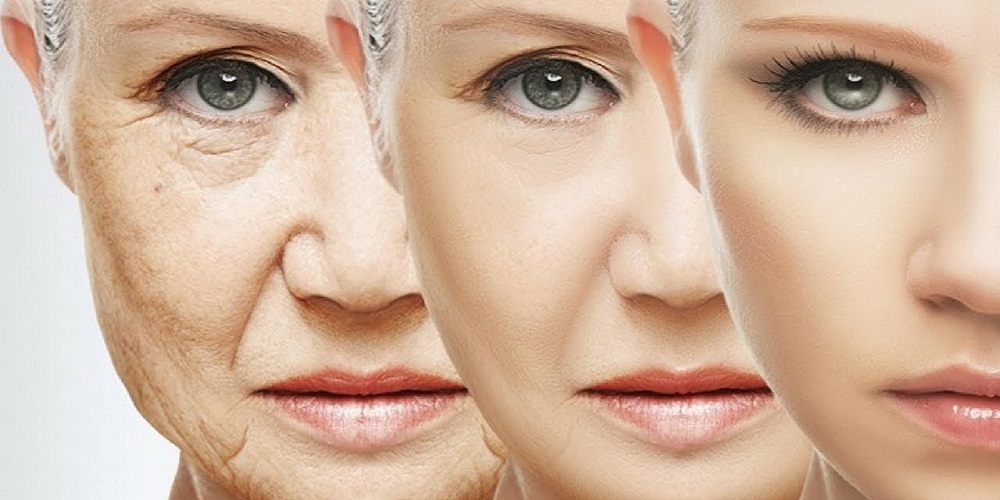Know What It Means To Induce Growth Factors In Your Skincare Routine
Mar 12th 2019
You have all heard about ingredients used by the avid skincare users: sunscreen, antioxidants, retinol, alpha hydroxyl acids, and peptides. Dermatologists swear by these when it comes to achieving beautiful, radiant skin. These ingredients help to target wrinkles, dark spots and all your other skin issues and have been tagged as skincare product “mandatory” ingredients. You may have even heard of PRP or Vampire Facelift and how stem cells or Platelet Rich Plasma helps the skin. With the rapid improvements in technology and advancements in every domain of lifestyle, new elements are bound to come in and create sensational trends with their performance. One such entry would be that of the growth factors.

What exactly do growth factors mean and how are they involved in skin care?
Growth factors can be explained as large proteins that stay afloat amongst the cells and deliver messages of healing, growth, and survival. They are brought to life by all types of cells. In case of the skin, this involves those comprising both the outer epidermal layer and the deeper dermal layer. As time goes by, our skin starts slacking on the production of growth factors which leads to slower cell growth, thinner, and less soft skin. The signs of aging become inevitable with external factors like sun rays and environmental pollution amplifying the process. This when the application of growth factors comes to the rescue. They will help to repair and practically bring back all the normal signals that would support healthy skin when we were young. This desire to resurrect basic skin functions makes growth factors the most appropriate fit for product formulas aiming at beautiful, youthful skin.
What are the types of growth factors that can be developed?
This is an interesting piece of information now. The growth factors used in gels, serums, and creams can either bioengineered in labs or gleaned from stem cells of humans. Bone marrow, skin fat, and umbilical cord are some of the sources which give outgrowth factor production. So, with the induction of these differently produced factors, stem cell growth factor serum and human growth factor serum for face came into being. SkinMedica TNS Recovery Complex was the first commercial human growth factor serum for face made available to the market in the early ‘90s. Regenica Rejuvenating Dual Serum was another product from the same developer that sufficed for a stem cell growth factor serum. And now PriyanaMD HyalCell GF has one of the highest concentrations of stem cell derived Growth Factors with patented technology specific to ADSC and Stem Cells. This peptide & antioxidant rich stem cell growth factor serum also comes in a stem cell growth factor cream for normal to mature skin.
Should you go for the human or the synthetic?
A rare comparison study conducted in 2017 states that dermal growth factors were outperforming growth factors that were derived from other types of human stem cells, like fat cells, along with non- human sources of stem cells, such as plants and snails. According to Annie Chiu, a dermatologist in California, it was likely that growth factors which were naturally derived were more active because on the fact that they specifically worked in tandem and amplified each other’s effects. Effective repair of damaged skin, as well as collagen synthesis, have been proved to require the induction of cytokines and growth factors. Synthetic factors were less likely to mimic complex interactions on their own. The choice of human or synthetic is very debatable and needs more potent research.
Do these products work for real and are they safe to use?
So you are looking out to buy a human growth factor serum for face or a stem cell growth factor serum but are unsure of the fact that would they actually make a difference? Well according to the studies, yes they will work. The studies prove that human-derived growth factors and barley grown factors can replace genes responsible for fibroblast activity, reviving collagen production thereby and making skin look fresher as well as brighter. Coming to the safety part, these products have a tendency to spur cancer questions in our minds. However, this risk is purely theoretical to date. There is no evidence yet that shows speeding growth of lesion due to natural EGF. Although human growth factors surely cannot make a difference between normal healthy cells and potentially compromised cells, no events of harm have been recorded yet due to their usage.
Do you actually have the need for such a product?
According to Dr. Chiu, growth factor product is an epitome of the skin- care regimen obviously after the usage of sunscreen, , and antioxidants though. If you think your skin is highly sensitive to take in retinol, growth factors can fill in because they give out similar effects. They will help build collagen and help fine lines, even skin tone, decrease roughness, all with lesser irritation. So in case, you use a human growth factor serum for face or a stem cell growth factor serum, make sure you apply it to damp skin, right after cleansing and before applying any other product in your lineup. Acidic environments might just break down growth factors so it is important to know that you should not pair them with vitamin C or alpha hydroxyl acids.
